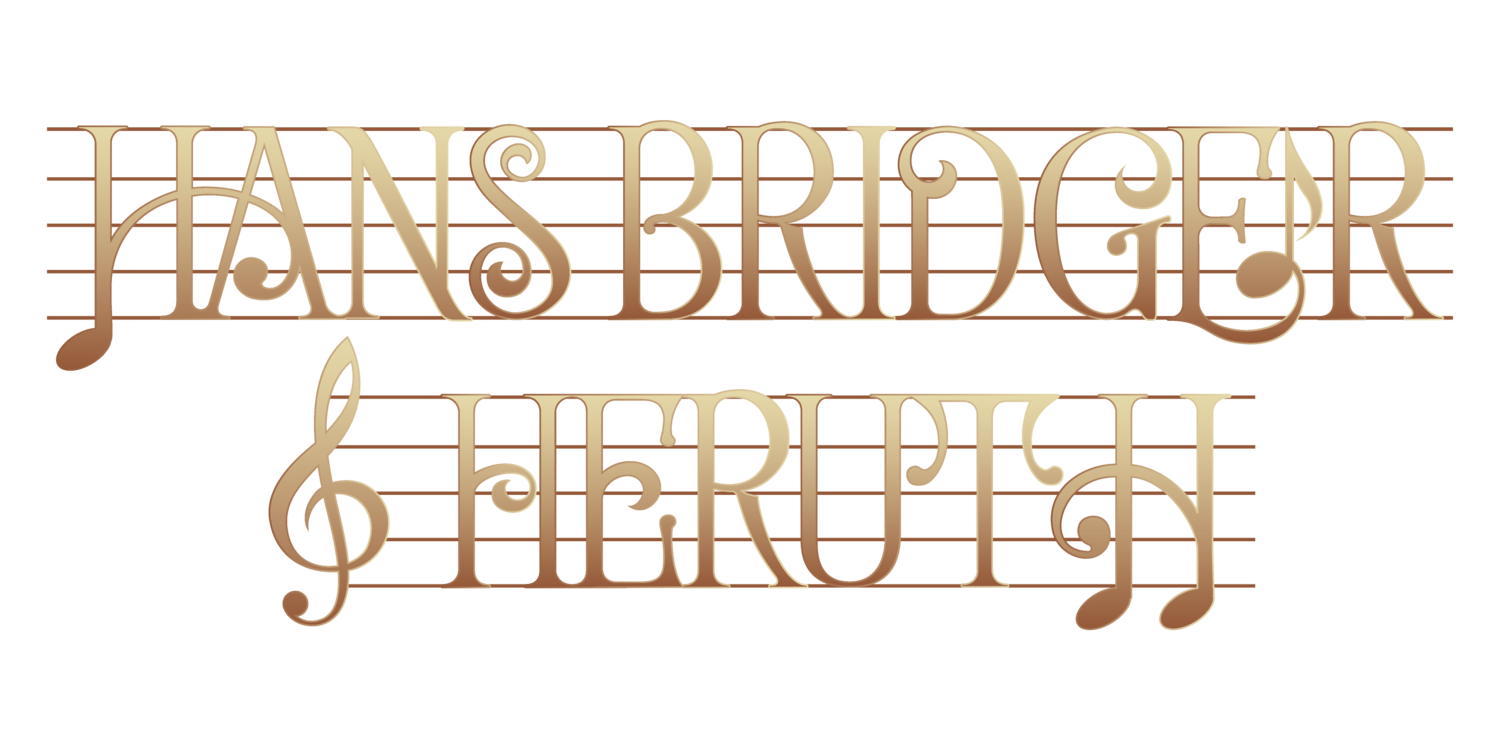Last time, we discussed the theme that represented Sherlock’s sense of justice in the opera. His motives just and heroic, his thought processes mechanical and intellectual — however, Sherlock is like two sides of the same coin. While Holmes’ methods of investigation were tidy and methodical, his life was anything but. Watson describes him as being “bohemian”, and that his home was cluttered and in disarray. I wanted a more casual, relaxed theme to embody this side of Sherlock, and this is the theme that most often represents him in the opera. It’s jazzy, lighthearted, and evokes imagery of Sherlock lazily smoking a pipe in his robes, which is coincidentally how the director decided to stage the opening of the opera!
The theme begins with an introduction using this ostinato in the strings, with the cello and the bass playing pizzicato. It sounds like this:
The ostinato continues, and Sherlock’s theme is then played by the alto sax before it’s taken over by the clarinet. The change of timbre between the two instruments is quite interesting, and I think it effectively represents the many different facets of his personality.
Blooming into more timbral colours, the full complement of winds enters. The tenor saxophone and the Bb clarinet pass back fragments of the first part of the melody, while the flute and the alto saxophone join in playing the second half of the theme. The oboe adds harmonic and timbral interest by complimenting the contour of the flute line with many seconds and thirds, and the string ostinato is emboldened by the rich colours of the baritone saxophone.
Finally, the alto saxophone has its shining moment as it plays Sherlock’s theme as a smoky solo, accompanied by full harmonic textures in the strings. However, why would I choose to use a saxophone to represent the famous detective when we all are acutely aware of the fact that he’s a violinist? Simply put, it’d be a cop out. Too easy, and certainly cliché. Moreso, the saxophone is a wonderfully colorful instrument, and I thought that its uniquely quirky sound perfectly matched Sherlock’s equally quirky personality. Besides — this is a murder mystery! Who wouldn’t enjoy some film-noir moments in a chamber opera that is unabashedly film-score-esque?
Like last time, now that we’ve discussed all of the facets of this theme and its composition, here is Sherlock’s theme in full. This accompanies Sherlock as he sits lazily in his study and smokes a pipe while reading the daily paper. He’s interrupted at the end of this excerpt by Watson, played by my dear friend and collaborator, Connor Cochran.
That’s all for this blog post! Next time we’ll delve into Madame Desrochés’ theme! As a medium and a spiritualist, how are her methods—and her music—different and similar to those of our famous detective? Stay tuned to find out!
All the best,
H.B.H.
(P.S. I left out a ritardando into m. 17 in my engraving of this score reduction! Do try to forgive me!)






